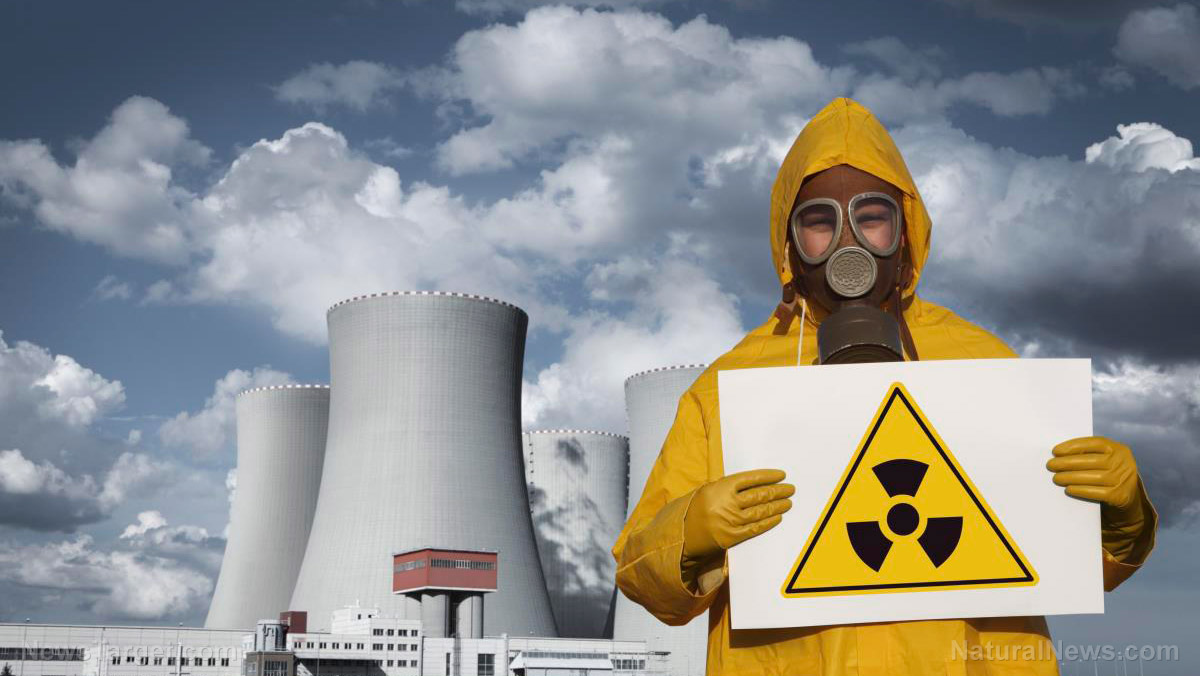Dr. Lee Merritt discusses how to survive a nuclear blast on Merritt Medical Hour – Brighteon.TV
10/20/2022 / By Kevin Hughes

Dr. Lee Merritt, the Medical Rebel, discussed how to survive a nuclear blast on the Oct. 12 edition of her Brighteon.TV program “Merritt Medical Hour.” Even though people have been made aware of the possibility of a nuclear war, Merritt pointed out that they are not really taught how to save themselves.
She recounted her growing-up years in the 1950s, when they used to do bomb drills such as ducking and covering under desks. People later began making fun of these drills as they believed they will not survive a nuclear blast. But according to Merritt, dropping and covering does make sense.
The Medical Rebel also debunked a belief that a nuclear bomb’s radiation can kill many people. She explained that a person’s distance from the epicenter of a nuclear blast determines whether they will survive or not. Anyone in the epicenter of a blast is sure to be killed, while those in its immediate radius are at risk of suffering from acute radiation poisoning, delayed radiation poisoning and fairly acute cancers like thyroid cancer.
Merritt also recounted the story of Tsutomu Yamaguchi, an engineer for the Japanese Mitsubishi conglomerate who survived the bombings of Hiroshima and Nagasaki. He managed to survive the Hiroshima bombing by diving into an irrigation ditch, covering his eyes and plugging his ears as soon as he saw the blast from the Little Boy nuclear bomb.
He later did the same during the Nagasaki bombing. After seeing another big flash of light – the nuclear blast from the Fat Man bomb – he yelled to everybody on his floor to get down and cover their ears and eyes. Yamaguchi died in January 2010 at the age of 93.
Merritt: Take shelter, potassium iodide after nuclear blast
After surviving the initial 15 seconds of the blast, Merritt said people should take shelter.
“Now it’s nice if you’re in your home or your office, something you’re familiar with. You want to go and have the most material between you and the outside world. So go to the center of the building and preferably things that absorb the radiation.”
“The best are things like water, bags of canned foods or things like that. So, you want to surround yourself with that as much as possible,” Merritt said. According to the former military physician, big five-gallon water jugs that are stackable work best for this purpose. She added that having a big wall of water makes for an impenetrable barrier as “water is great for absorbing stuff.” (Related: Life-saving tips: How to prepare your home for a nuclear attack.)
Moreover, Merritt said radiation-induced thyroid cancer can be prevented by taking potassium iodide. She recommended a daily dose of 12.5 milligrams of potassium iodide, which is what people optimally need.
“So, if a nuclear bomb goes off, then what you want to do is take this potassium iodide, so you quickly saturate any unsaturated tissue in your thyroid and then you don’t get the thyroid cancer and you decrease your risk.”
NuclearSurvival.news has more on how to survive a nuclear blast and prepare for a nuclear war.
Watch the Oct. 12 episode of the “Merritt Medical Hour” below. Catch new episodes of “Merritt Medical Hour” every Wednesday at 7-8 p.m. and Saturday at 2-3 p.m. on Brighteon.TV.
More related stories:
Survival 101: Preparing for a nuclear emergency.
Study: More than 5 billion people could starve to death following a US-Russia nuclear war.
Zelensky warns Ukrainians to prepare for possible Russian nuclear attack.
Sources include:
Submit a correction >>
Tagged Under:
Brighteon.tv, chaos, Collapse, disaster, Japan, Lee Merritt, Medical Rebel, Merritt Medical Hour, nuclear blast, nuclear survival, nuclear war, panic, potassium iodide, preparedness, prepping, radiation, SHTF, survival, Survival Tips, Tsutomu Yamaguchi
This article may contain statements that reflect the opinion of the author
RECENT NEWS & ARTICLES
COPYRIGHT © 2017 RADIATION NEWS




















